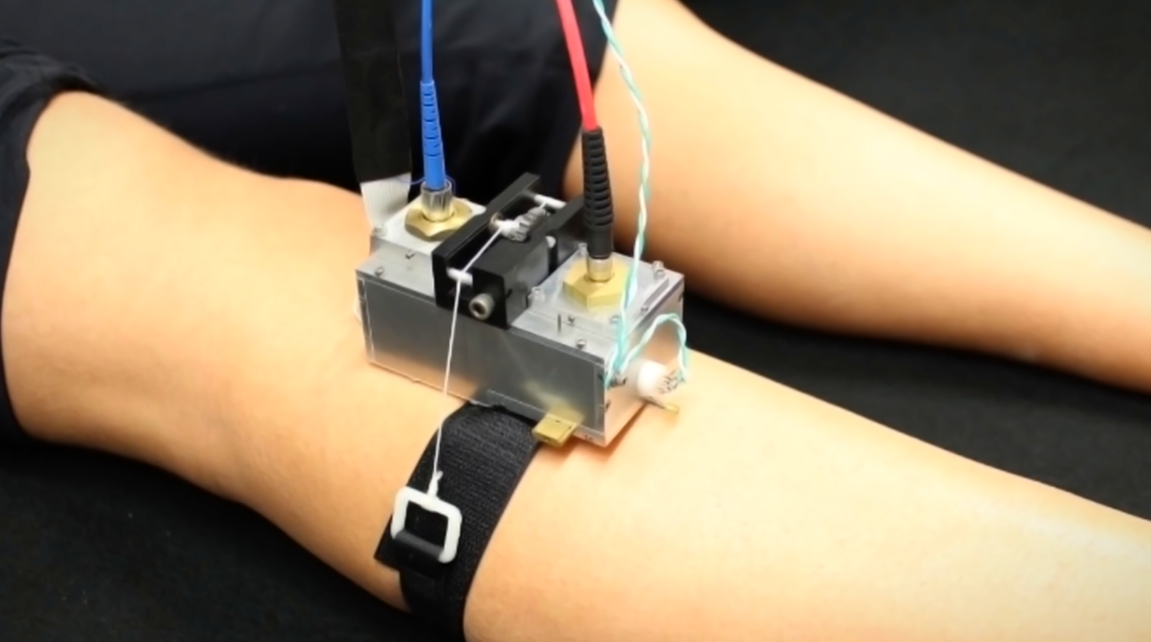
The Breakthrough
Researchers from Stanford have developed a microscope that’s capable of visualizing and measuring the force-generating contractions of individual motor units in muscle tissue. This marks the first time in history that this has been observed in living human muscles.
Although scientists have known the process behind force-generation in muscle for decades, they have not been able to see it work at a microscopic level within the living human body. Their findings were published in the journal Neuron.
Co-author of the study and Stanford professor Scott Delp explains in the press release that “when it comes to muscle microstructure and dynamics, we have not been able to visualize normal muscle, and we don’t know how it changes with disease.”
“With this microscope, we have opened up a new window to how muscles change with strokes and diseases like ALS or muscular dystrophy. We can immediately use it in humans; it’s very low risk, and it gives us a new way to examine muscle microstructure and dynamics.”
The microscope is made of components that have been in use for two decades but has proven cumbersome and limiting. The researchers were able to make these components fit neatly into a bedside pushcart.

The Implications
Each year, millions are diagnosed with diseases resulting in the loss of neuromuscular function. This is difficult to treat because of our inability to track the progression of the disease. With this discovery, co-author Mark Schnitzer notes what scientists may be able to do. He asserts that scientists “stand to gain important insights by visualizing the contractions of individual motor units in live patients.”
Schnitzer explains that “If we can track the relative preponderance of fast versus slow twitch motor units, and how that changes in various disease states, we may be able to monitor how quickly a particular disease is progressing. This could provide useful insights for diagnostic tracking in individual patients, and tailoring therapeutics in a way that best treats their current condition.”